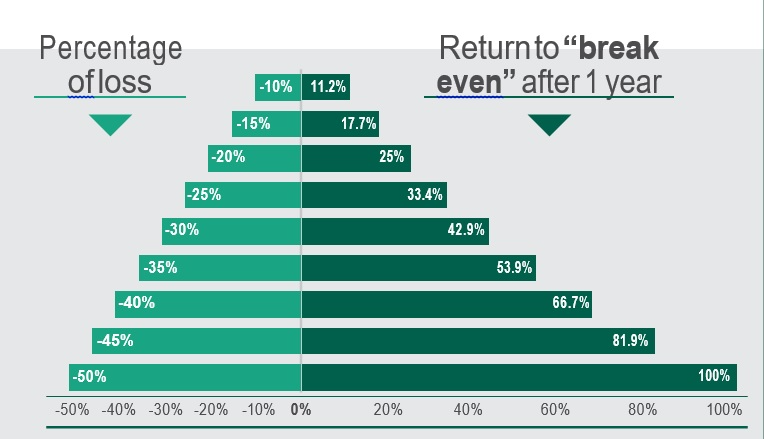The Federal Reserve (The Fed) is the central bank and is an important institution in determining the monetary and fiscal policy of the nation. Its goals are to promote low prices and maximum employment to maintain a steady and healthy economy. By using various tools and methods, including establishing interest rates, controlling the money supply, and offering financial services to the government, the Fed oversees putting these policies into effect and upholding them. The Primary Entities of the Federal Reserve System The Federal Reserve Board of Governors, the entity within the Federal Reserve System, is responsible for setting target interest rates and controlling reserve requirements. This board is appointed by the President of the United States and must be confirmed by the Senate. The board chair serves as the executive officer and is responsible for providing reports to Congress on the state of the economy. The 12 Federal Reserve Banks act as the operational arm of the Federal Reserve System, performing functions such as serving as the fiscal agents for the U.S. government, lending money, printing and circulating currency, processing deposits, and redeeming government securities. The FOMC is a division within the Federal Reserve System responsible for managing open market operations through purchasing and selling securities. It comprises the Board of Governors, the President of the Reserve Bank of New York, and four rotating presidents from the remaining 11 Reserve Banks, serving for a one-year term. To evaluate the present monetary policy and make any required modifications, the Federal Open Market Committee (FOMC) holds eight meetings a year. The Functions of the Federal Reserve The Federal Reserve System serves three primary functions within the United States:
- The implementation of monetary policy
- The maintenance of financial market stability
- The regulation of financial institutions.
As mandated by Congress, the Fed’s mission is to foster the achievement of maximum employment, price stability, and moderate long-term interest rates, as stated by the Richmond Regional Bank. The Federal Open Market Committee’s Primary Role The FOMC is responsible for continuously assessing the economic conditions in the United States and adjusting interest rates accordingly. In addition to this primary duty, the FOMC has also assumed additional responsibilities since the Financial Crisis of 2008, such as implementing a quantitative easing policy involving large-scale purchases of U.S. Treasuries. This policy involved the large-scale acquisition of U.S. Treasuries to increase liquidity, lower long-term interest rates, and stimulate economic recovery. In addition, in response to the COVID-19 pandemic, the FOMC has announced plans to reduce these buybacks through a process known as quantitative tightening to curb inflation. The Process of Setting Monetary Policy at the Federal Reserve The Federal Reserve sets monetary policy by regulating reserve requirements for depository institutions such as banks, credit unions, and thrifts. These reserves, known as federal funds, are the minimum cash these institutions must hold on hand. An institution with excess reserves may lend them to other financial institutions to help them meet their reserve requirements. The interest rate at which these loans are made is called the federal funds rate. The federal funds rate is established by the supply and demand for these federal funds, and the Fed determines a bank’s reserve needs as a ratio based on its liabilities. The Federal Open Market Committee (FOMC) meets eight times annually and determines the federal funds rate’s target level. Changes to this rate, both positive and negative, impact various aspects of the financial markets, including short-term and long-term interest rates, foreign exchange rates, and broader economic variables such as employment. For instance, a decreased fed funds rate can make borrowing more attractive for businesses, potentially leading to increased hiring and expansion. The Federal Funds Rate vs. the Discount Rate The federal funds rate and the discount rate are the two interest rates used by the Federal Reserve System to carry out monetary policy. The rate at which depository institutions lend and borrow reserves from one another overnight to fulfill reserve requirements imposed by the Fed is known as the federal funds rate. The interest rate the Fed charges banks for direct borrowing through the discount window is known as the discount rate. The discount rate usually is greater than the federal funds rate to stimulate lending and borrowing among banks.
Contact Information:
Email: [email protected]
Phone: 7242723902













